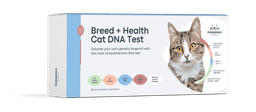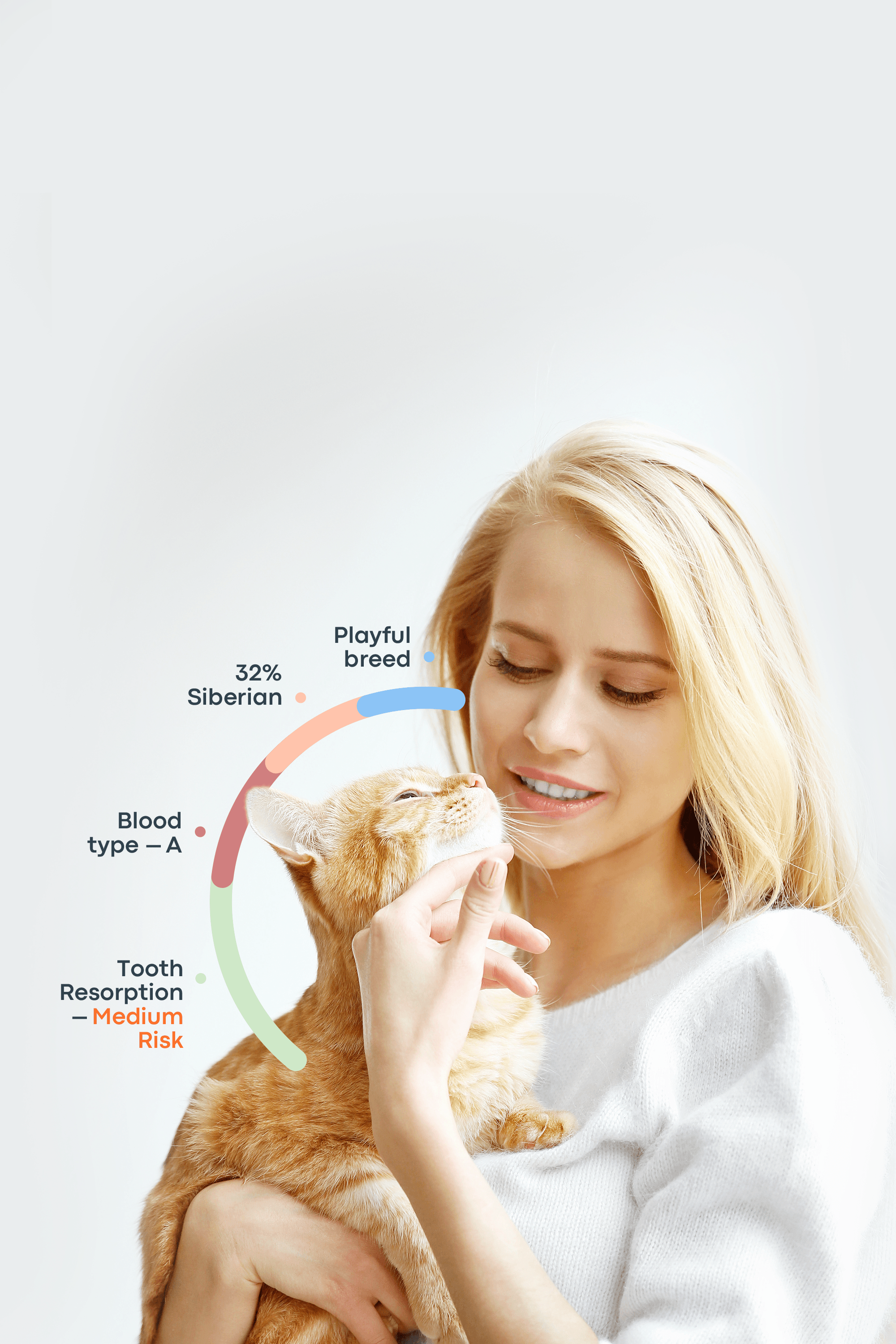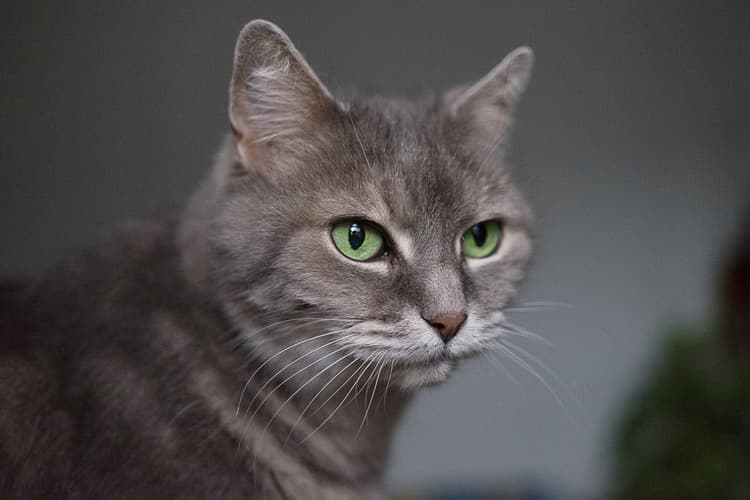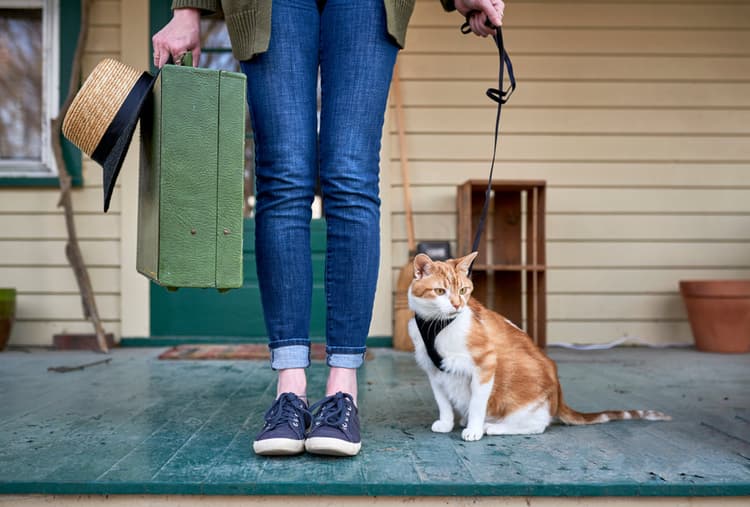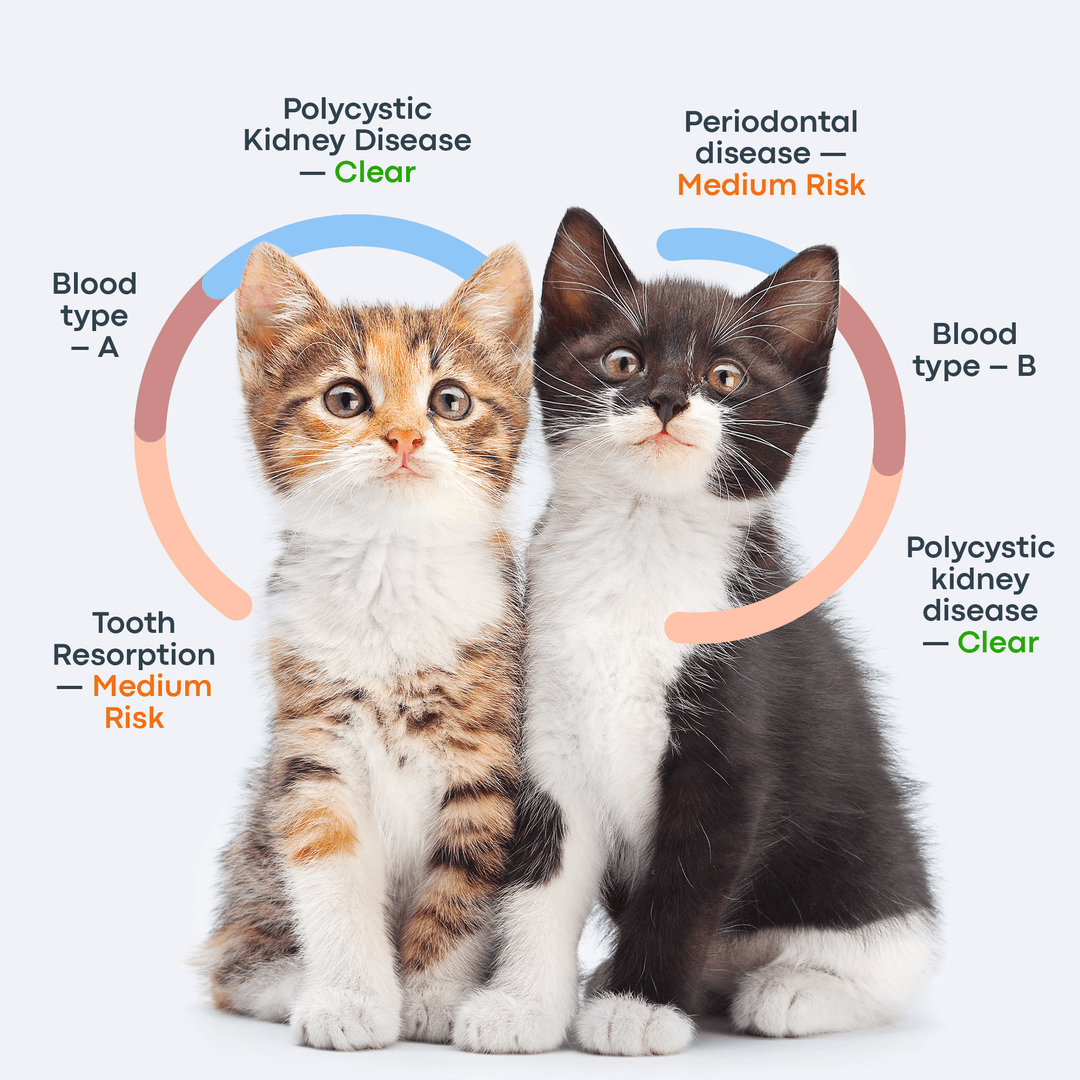If your cat is in heat, you know how challenging it can be—for both you and your pet. The constant meowing, pacing, and restless behavior can quickly become overwhelming. While heat cycles are a natural part of a female cat’s life, they often leave owners feeling frustrated and unsure how to help.
This guide walks you through the key signs of heat, how long it typically lasts, effective remedies to ease your cat’s discomfort, and prevention strategies that can make future cycles easier to manage—or even stop them altogether. With the right approach, you’ll feel more prepared and confident about what to do when your cat is in heat.
For a long-term solution, veterinarians strongly recommend spaying your cat. Spaying not only prevents future heat cycles and unwanted pregnancies, but it also protects your cat from serious health issues such as uterine infections and certain reproductive cancers. Scheduling the procedure before her first heat is ideal, ensuring better health outcomes and reducing stress-related behaviors associated with estrus.

What Age Do Cats Go Into Heat?
According to PetMD, ьost female cats experience their first heat cycle between 4 and 9 months of age, though it can happen as early as 3 months or as late as 18 months. The exact timing depends on factors such as breed, body weight, and even exposure to natural light. For example, some breeds like Siamese cats may reach maturity earlier than others.
Once a cat begins her first cycle, she will typically continue to go into heat every few weeks until she either mates or is spayed. Because of this, veterinarians strongly recommend spaying before the first heat—not only to prevent unwanted pregnancies and behaviors, but also to lower the risk of certain health issues, such as uterine infections and reproductive cancers.
How Often Does a Cat Go Into Heat?
Cats are seasonally polyestrous, meaning they can go into heat multiple times during their breeding season. They are considered long-day breeders, since their cycles are influenced by the amount of daylight they receive.
Outdoor cats usually begin their cycles in early spring and continue until late autumn, when daylight hours shorten. During this time, a female may go into heat every 2 to 3 weeks, which can feel almost nonstop.
Indoor cats, however, live with artificial lighting and stable temperatures. This environment can trick their bodies into thinking it is breeding season all year long. As a result, many indoor cats may cycle continuously without a seasonal pause.
This difference explains why outdoor cats tend to have a defined breeding season, while indoor cats may show signs of heat at any time of the year.
How Long Are Cats in Heat?
On average, a female cat’s heat cycle lasts about 6 to 7 days, though it can be as short as 3 days or as long as 14 days. If the cat does not mate, the cycle will end temporarily but usually returns after a short break—often within 2 to 3 weeks. These repeating cycles continue until the cat either becomes pregnant, enters anestrus (a dormant period), or is spayed.
Below is a breakdown of the stages of the feline reproductive cycle:
Stage | What Happens | Duration | Key Signs |
Proestrus | Estrogen levels rise; male cats show interest, but the female is not receptive yet. | 1–2 days | Subtle or no signs. Some cats may become clingier, vocalize more, or rub against people and objects. |
Estrus (Heat) | The female is fertile and receptive to mating. | 3–14 days (average 6–7) | Loud vocalization (yowling), restlessness, rolling, tail held to the side, increased affection, rubbing, and attempts to escape outside. |
Interestrus/Metestrus | If no mating occurs, this is a short rest period before the next heat. If mating occurs, ovulation may lead to pregnancy or a false pregnancy. | 1–3 weeks (if not bred) 30–40 days (if bred but not pregnant) 60–64 days (if pregnant) | Heat behaviors stop; the cat appears calmer, or shows signs of pregnancy if conception occurred. |
Anestrus | The reproductive system becomes inactive, typically during the non-breeding season. | 2–3 months (usually in winter) | No signs of heat; cycle is paused until spring daylight increases. |
Cat in Heat Signs
According to the Clyde Veterinary Hospital, here are some tell-tale signs that your cat is in heat.
Excessive vocalization – Your female cat in heat may call, yowl, or meow loudly and persistently, especially at night, to signal her readiness to mate.
Unusual affection – Expect extra rubbing against you, furniture, or objects as she seeks attention and comfort.
Restless pacing – Cats in heat often move back and forth, unable to settle down.
Escape attempts – She may try to dart out the door or window in search of a mate.
Howling – Loud, drawn-out cries are common and designed to attract males from a distance.
Crawling or rolling – Some cats move low to the ground, roll frequently, or display restless body language.
Mating position – Your cat may crouch with her hindquarters raised and her tail to the side.
Loss of appetite – It is not unusual for a cat in heat to eat less than normal.
Excessive grooming – Increased licking of the genital area is another clear sign of heat.
Do Cats Bleed When in Heat?
Unlike dogs, cats do not normally bleed during their heat cycles. A healthy female cat in heat will mainly show behavioral changes—such as yowling, restlessness, rolling, or seeking extra attention—but she should not produce blood or noticeable discharge.
If you observe spotting, bleeding, or unusual discharge, it’s a warning sign that something may be wrong. Possible causes include urinary tract infections, reproductive tract infections (such as pyometra), or other medical conditions that require prompt veterinary care. Contact your veterinarian immediately, since early treatment is the best way to protect your cat’s health and prevent complications.
Are Cats in Pain When in Heat?
Cats are not typically in pain when they are in heat, but they may seem restless, uncomfortable, or distressed. Their loud yowling, constant pacing, and overly affectionate behavior are part of their natural mating instincts—not signs of suffering.
That said, if your cat appears to be in severe discomfort, shows signs of actual pain, or seems generally unwell, it may indicate another underlying health issue rather than the heat cycle itself. In such cases, consulting a veterinarian is the safest step.
What to Do When Your Cat Is in Heat

The following home remedies can help you answer the question "How to help a cat in heat?" Please note that they will only comfort your pet and will not stop her heat cycle.
Extra Attention and Playtime
Petting, gentle brushing, and interactive toys can help distract a cat in heat and channel her restless energy. Playtime not only eases stress but also strengthens your bond and reduces some of the unwanted behaviors, such as constant meowing or pacing.
Create a Safe, Calm Environment
Knowing how to care for your cat in heat, what to do and how to react can help keep her calm and comfortable during this challenging time. A quiet resting spot can make a big difference. Provide a cozy area with soft blankets or a warmed towel to help her feel secure. Lowering household noise and minimizing disruptions can also reduce restlessness and make your cat more comfortable during this time.
Secure the Home
When in heat, female cats are determined to find a mate—sometimes attempting to escape through windows, doors, or even tiny openings. Keep doors, windows, and cat flaps securely closed. Double-check screens and latches, and remind family members to be extra cautious when entering or leaving the house. A secure environment keeps your cat safe and prevents accidental pregnancies.
Litter Box & Hygiene
Cats in heat tend to groom more and may become more sensitive about cleanliness. Keeping the litter box fresh and regularly scooped encourages proper use and helps prevent marking around the home. A clean space also lowers stress levels, supporting both your cat’s hygiene and overall comfort.
Cat in Heat Remedy
Natural and gentle aids may help make your cat’s heat cycle more manageable. While these options won’t stop the cycle, they can provide comfort and reduce stress. Always consult your veterinarian before introducing any new remedy.
Herbal & Natural Calming Aids
Certain herbal remedies, when used carefully, may promote relaxation. Pheromone diffusers are another safe option—they mimic natural feline calming signals and can help reduce anxiety and restlessness.
Some cats also respond to catnip, which is known for its mild sedative effect. However, reactions vary: while many cats become calm and relaxed, others may grow more excitable or restless. If you choose to try catnip, start with a small amount and observe your cat’s response.
Does Catnip Help Cats in Heat?
Catnip can be a useful tool when learning how to calm a cat in heat. According to Small Door Veterinary, catnip can sometimes help soothe cats in heat. However, because individual responses differ, it may not be effective for every cat. Testing it in moderation is the best way to see if it works for your pet.
Music Therapy
Music therapy can sometimes help an in heat cat by creating a calmer environment. Gentle background music, especially soft classical or nature sounds, is known to lower stress levels and provide comfort. It can also help mask the loud meowing that often comes with the estrus cycle. Thus, music can help both the cat and their owner.
How to Stop a Cat in Heat From Meowing at Night

If your cat won’t stop meowing at night during her heat cycle, a few simple strategies may help:
Play before bedtime: Tire her out with interactive evening play sessions so she’s more likely to sleep through the night.
Create a cozy sleep space: Provide a quiet, dark, and comfortable area with blankets or a covered bed where she feels safe.
Use calming sounds: White noise machines, soft background music, or nature sounds can mask her vocalizations and create a soothing environment.
These steps won’t stop the heat cycle itself, but they can reduce nighttime restlessness and help both you and your cat get more rest.
Preventing Heat in Cats
The only permanent way to prevent heat cycles is spaying. This surgical procedure removes the ovaries and uterus, eliminating the possibility of pregnancy and stopping heat-related behaviors altogether. Spaying also protects your cat from serious health issues such as pyometra (a potentially life-threatening uterine infection) and significantly reduces the risk of certain cancers.
Most veterinarians recommend spaying at 5–6 months of age, ideally before the first heat cycle. Early spaying is safe, routine, and provides long-term health benefits. Delaying the procedure increases the chance of accidental pregnancy and raises the risk of reproductive diseases later in life.
Some owners worry that spaying too early will affect growth, but studies show that most cats grow and develop normally. In addition to health benefits, spaying also reduces stress, prevents unwanted behaviors, and makes life more peaceful for both cats and their owners.
Conclusion
We hope this guide has helped you understand what to do when your cat is in heat and how to keep her comfortable during this natural but sometimes challenging phase.
Heat cycles are a normal part of a female cat’s life, and with patience, gentle care, and the right strategies, they can be managed more easily. For a permanent solution, spaying remains the best option—for your cat’s long-term health, prevention of unwanted litters, and your own peace of mind. With love and understanding, you can support your cat through this stage and even strengthen the bond you share.
Frequently Asked Questions
My indoor cat is in heat and got out. How do I get her back?
Stay calm and call her softly by name. Place familiar scents—such as her bedding, favorite blanket, or used litter—near your door. Putting food or treats outside may also help lure her back. If she doesn’t return quickly, notify neighbors and check nearby hiding spots.
Should I pet my cat when she is in heat?
Yes, you can, but let her set the pace. Many cats enjoy extra affection and attention, while others may become overstimulated and prefer space. Watch her body language for cues.
How does a cat act when in heat?
A cat in heat often becomes very vocal, sometimes yowling loudly, especially at night. She may become unusually affectionate, rubbing against furniture, people, or rolling on the floor. You might also notice her raising her hindquarters or tail to the side when touched. In many cases, she will try to escape outside to find a mate.

